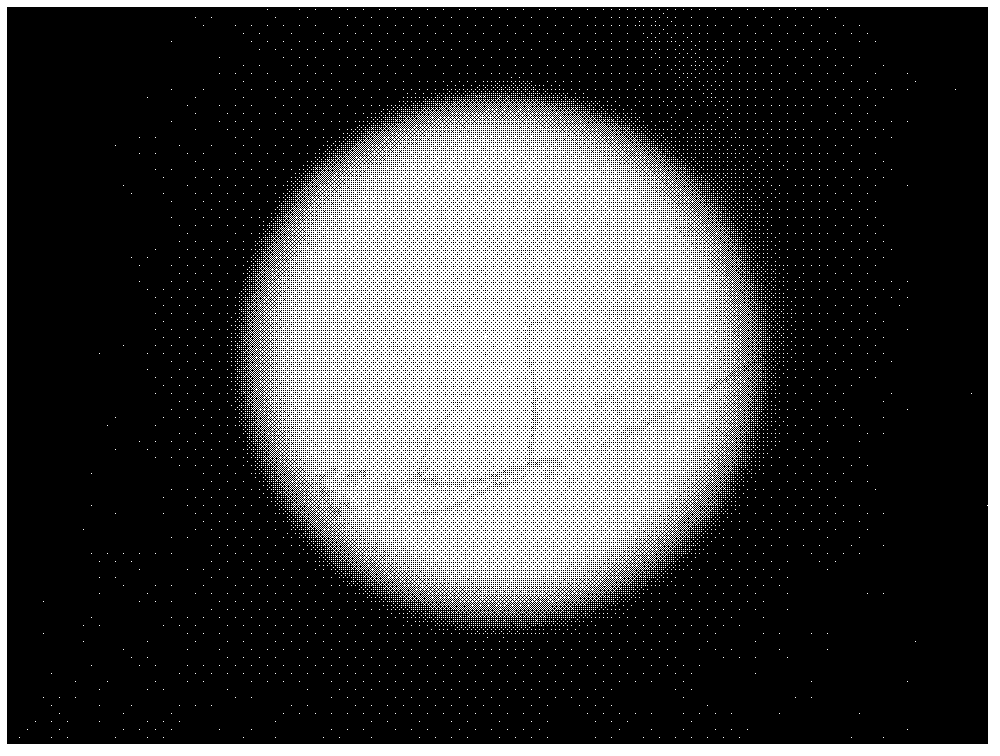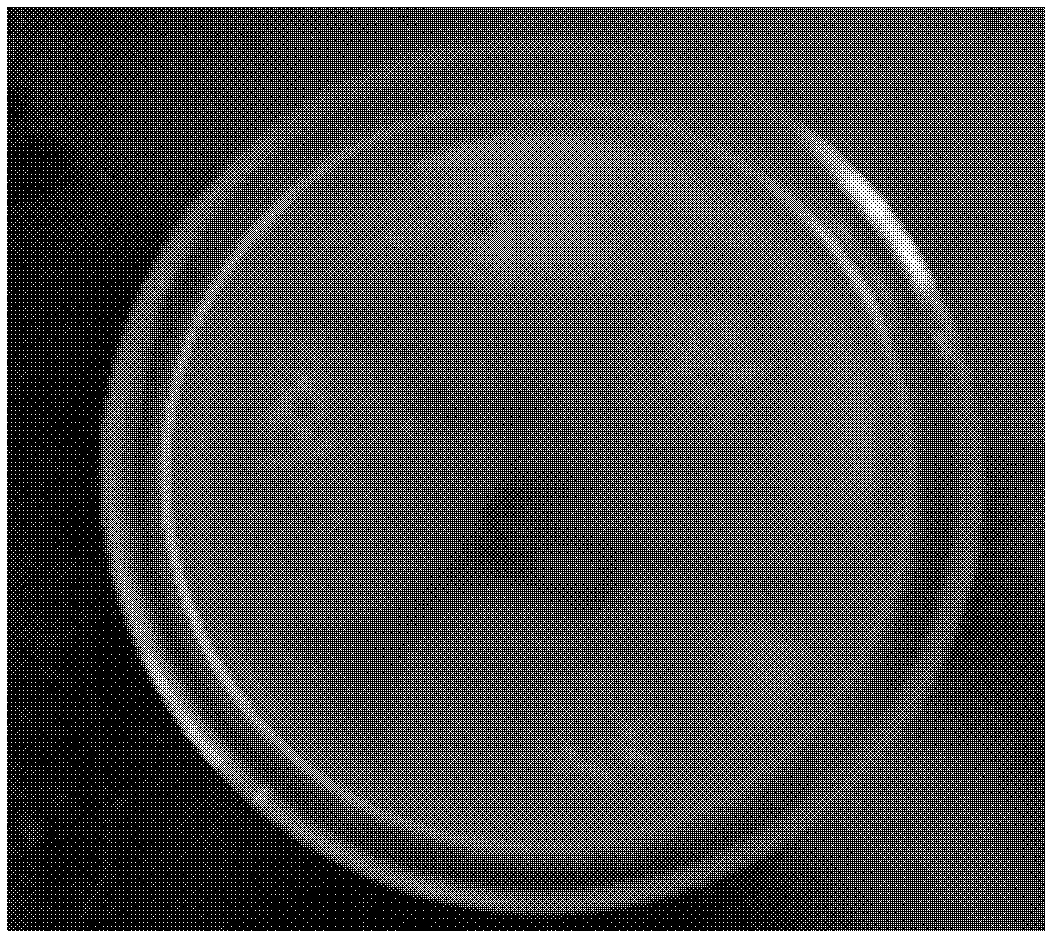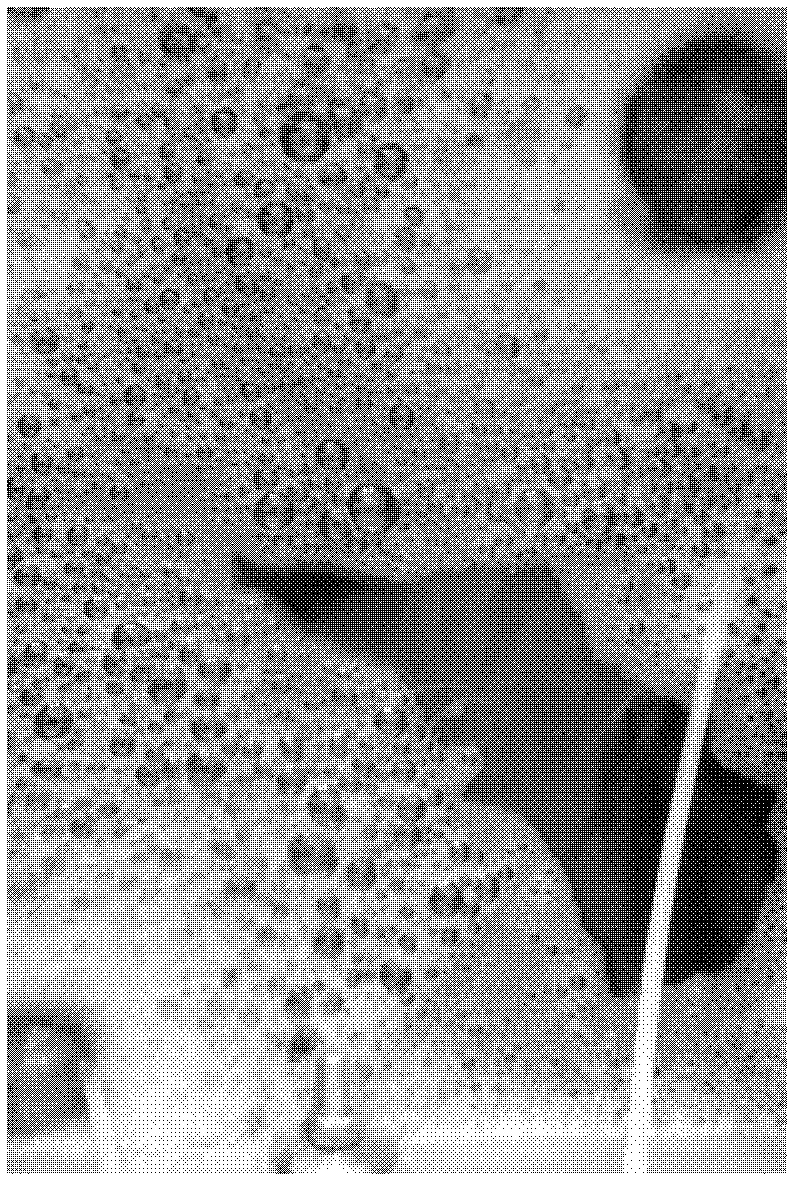Method for preparing fibrilia by using alternaria tenuis DB3 strains
An Alternaria and hemp fiber technology, applied in chemical post-treatment of fibers, microorganism-based methods, biochemical equipment and methods, etc., can solve the problem of high energy consumption in chemical treatment processes, unrecyclable waste water, and large equipment loss. and other problems, to achieve the effect of being suitable for large-scale industrial production, low processing cost and short production process
- Summary
- Abstract
- Description
- Claims
- Application Information
AI Technical Summary
Problems solved by technology
Method used
Image
Examples
Embodiment 1
[0041] Selection of Flax Degumming Strains
[0042] (1) Sampling rotten seaweed from the Zhoushan area of the East China Sea, first place the seaweed and the enrichment medium at a ratio of 1g:20ml in the enrichment medium for 30 days at room temperature, then take 0.1ml of the enrichment medium and apply it to the separation Culture medium at 30℃ for 1 to 4 days to obtain dominant strains of wild-type flax biological treatment;
[0043] Among them, the enrichment medium formula is: flax meal 5g, tap water 200ml, pH is natural; the separation medium formula is: flax meal 5g, (NH 4 ) 2 SO 4 5g, K 2 HPO 4 1g, MgSO 4 0.5g, KCl 0.5g, FeSO 4 0.01, 20g agar, 1000mL water, adjust the pH to 7-7.2 with NaOH;
[0044] (2) Inoculate the strain obtained in step (1) into a flax lignin nutrient medium, and cultivate for 72 hours at 28°C. Flax lignin nutrient medium, its components include: Flax lignin 2g, NaNO 3 3g, K 2 HPO 4 0.5g, MgSO 4 1g, 20g agar, 1000mL water, adjust the pH to 7-7.2 wit...
Embodiment 2
[0047] Preparation of fermentation broth:
[0048] (1) Alternaria alternata DB2 strain is stored in potato dextrose agar medium, cultivated at 30℃ 220rpm for 48h, and cryopreservation buffer is added; the cryopreservation buffer consists of 0.0627g potassium dihydrogen phosphate, 0.0177g dipotassium hydrogen phosphate, and citric acid It is prepared by sodium 0.0588g, magnesium sulfate heptahydrate 0.02645g, glycerin 10ml, and the volume is adjusted to 100ml with water;
[0049] (2) In 50mL potato dextrose culture medium after sterilization and cooling, connect to the bacteria ring obtained in step (1), and culture in shake flask for 48h at a rotation speed of 220r / min and a temperature of 30℃;
[0050] (3) Inoculate the medium obtained in step (2) into 5L of flax lignin fermentation medium, shake flask culture for 48h at a rotation speed of 220r / min and a temperature of 30℃ to obtain a fermentation broth; wherein the formula of the flax fermentation medium is :Flax raw hemp lignin ...
Embodiment 3
[0052] The flax degumming process is as follows:
[0053] Put 5g of the original flax stem into a 250ml Erlenmeyer flask, and divide the original flax stem and the fermentation broth of Example 2 into the Erlenmeyer flask at a bath ratio of 1:20. The filling volume is 100ml. The flask is placed in a shaker at 40°C and 200 rpm. Respectively degumming for 1 day; when the degumming time is up, remove the degumming solution and stop biological treatment. The biologically treated flax stems are inactivated, and the process is as follows: the biologically treated flax stems and the degumming solution are mixed at a ratio of 1:10, and treated at 70°C for 3 hours, in which peroxide The dosage of ammonium persulfate is 3% of the original flax stem weight, the amount of urea is 0.05% of the original flax stem weight, the amount of sodium tripolyphosphate is 2% of the original flax stem weight, and the amount of disodium ethylenediaminetetraacetic acid is 0.1% of flax raw stem weight. 2,1...
PUM
 Login to View More
Login to View More Abstract
Description
Claims
Application Information
 Login to View More
Login to View More - R&D Engineer
- R&D Manager
- IP Professional
- Industry Leading Data Capabilities
- Powerful AI technology
- Patent DNA Extraction
Browse by: Latest US Patents, China's latest patents, Technical Efficacy Thesaurus, Application Domain, Technology Topic, Popular Technical Reports.
© 2024 PatSnap. All rights reserved.Legal|Privacy policy|Modern Slavery Act Transparency Statement|Sitemap|About US| Contact US: help@patsnap.com










